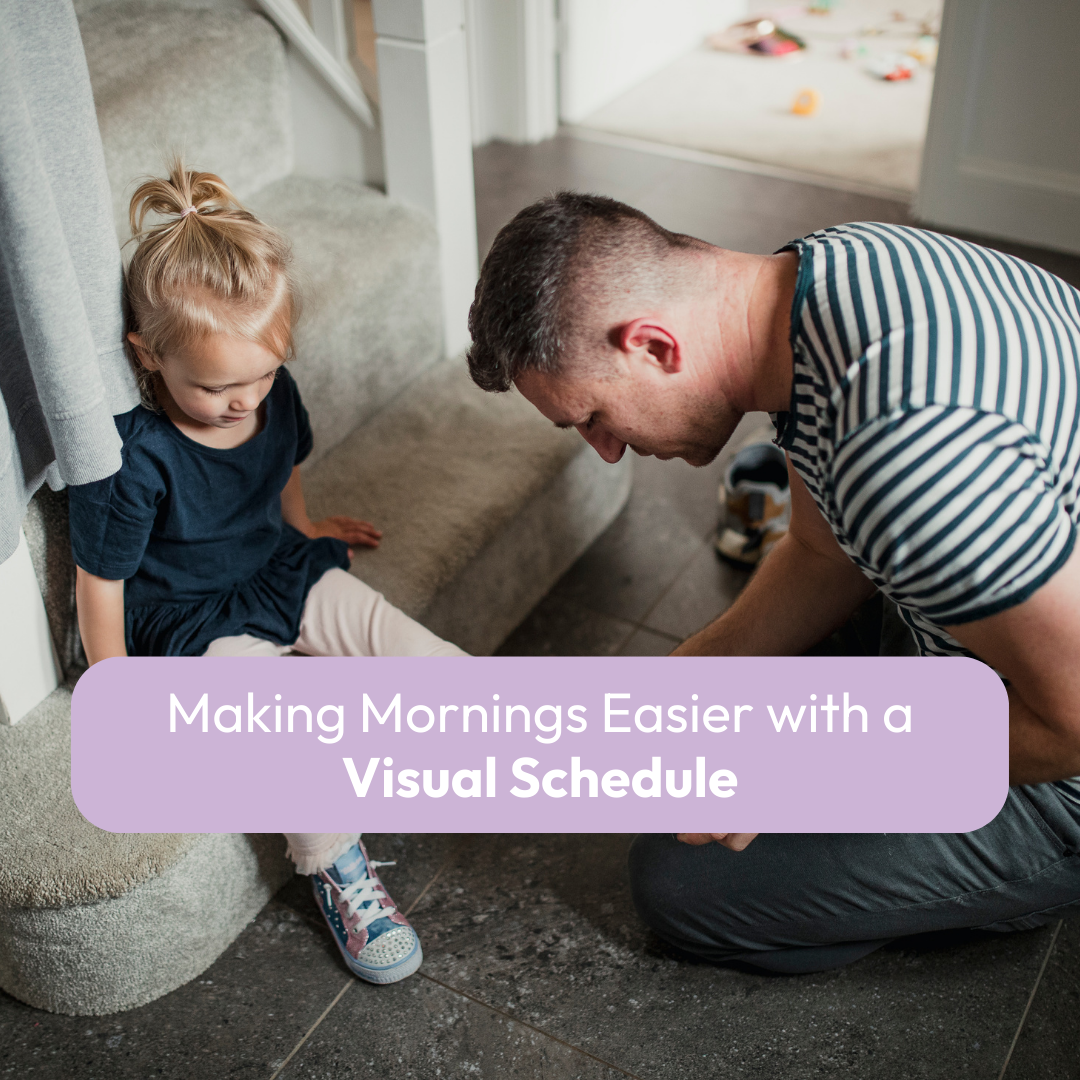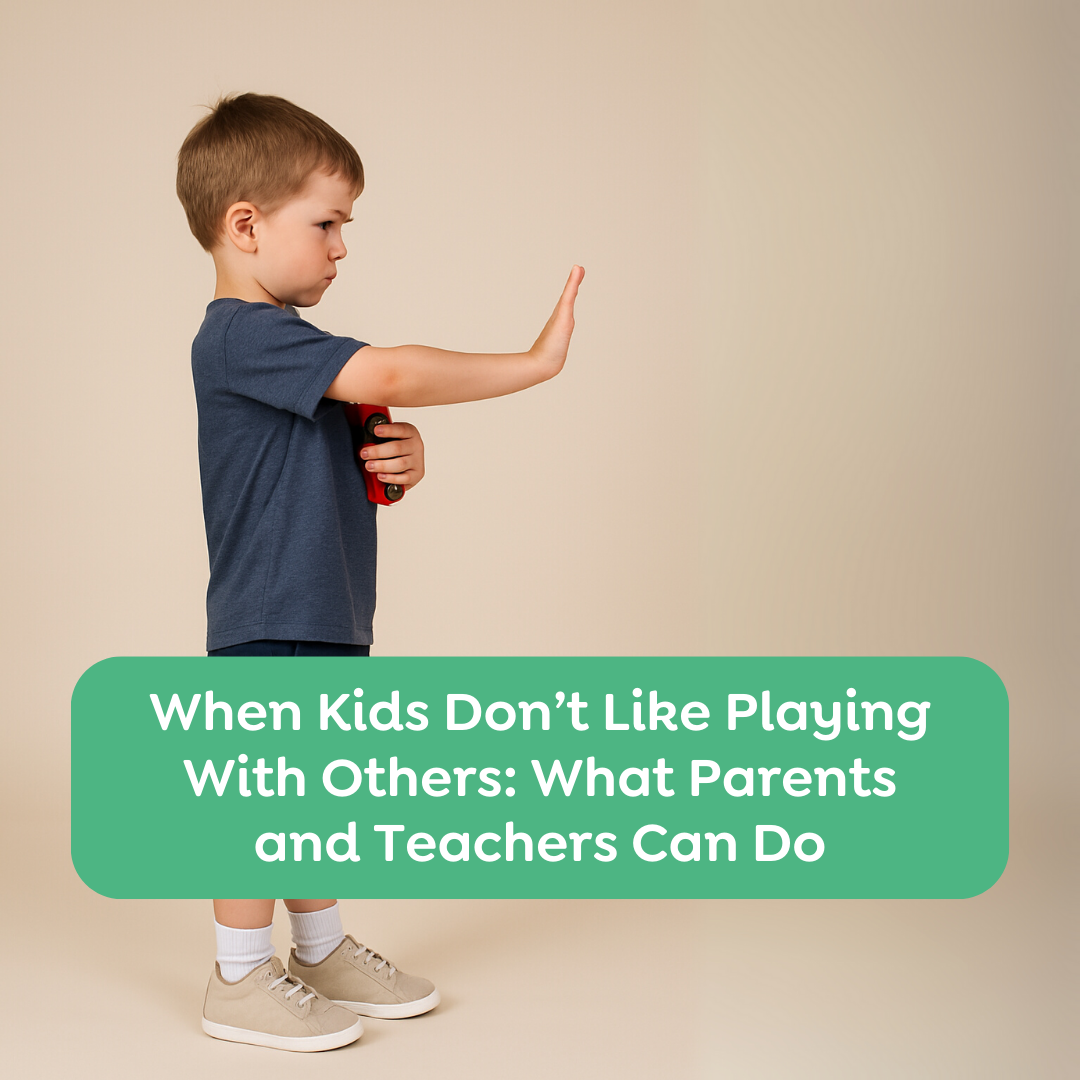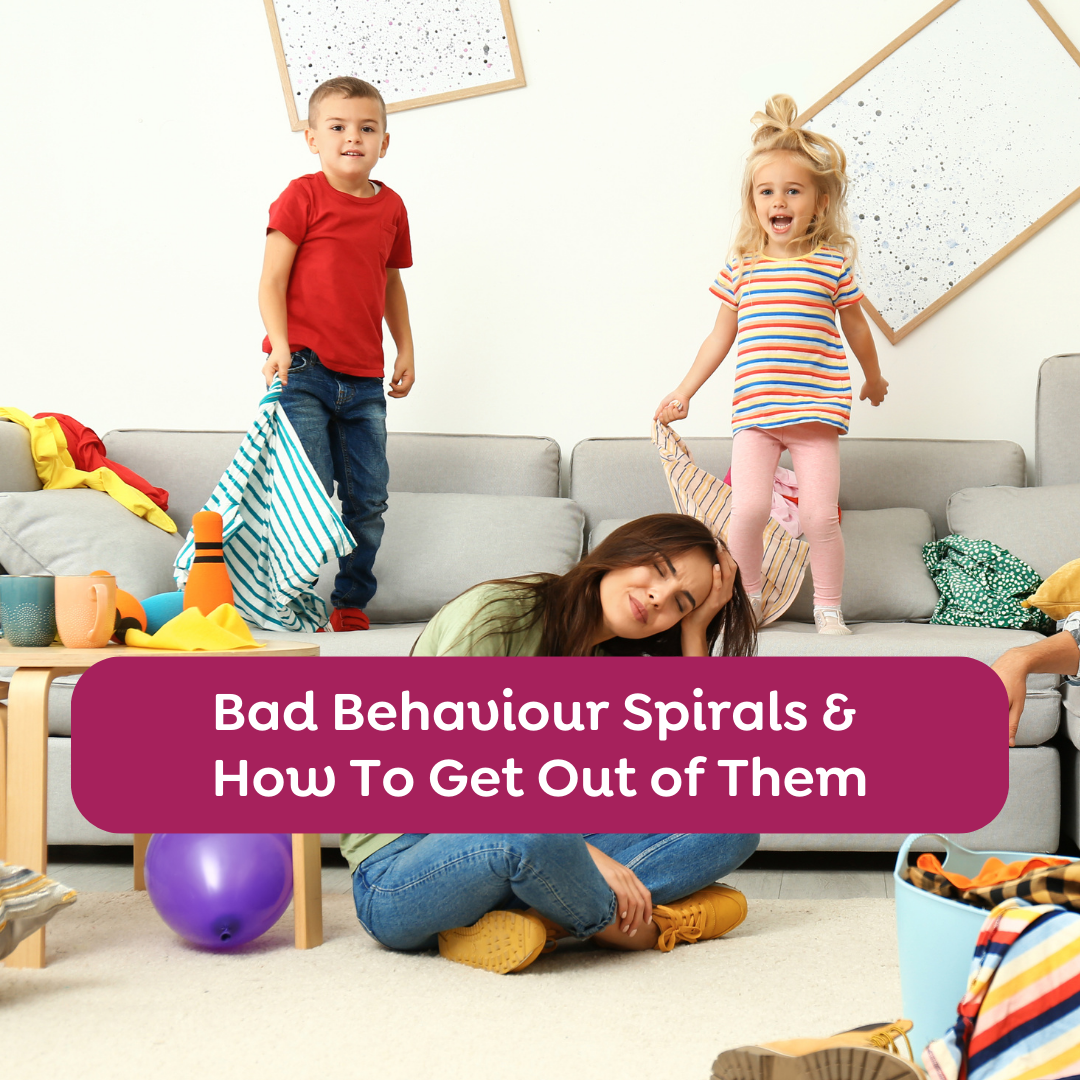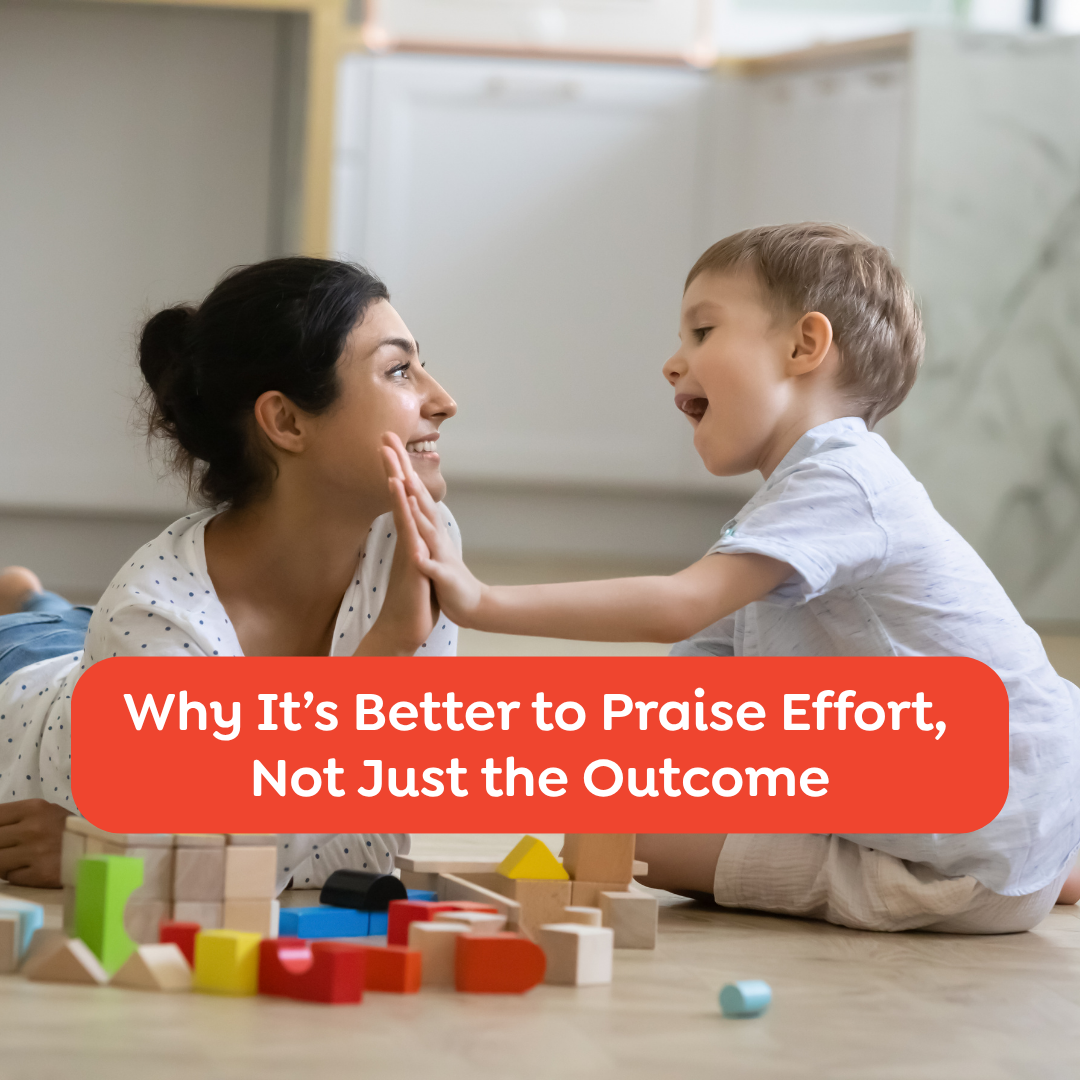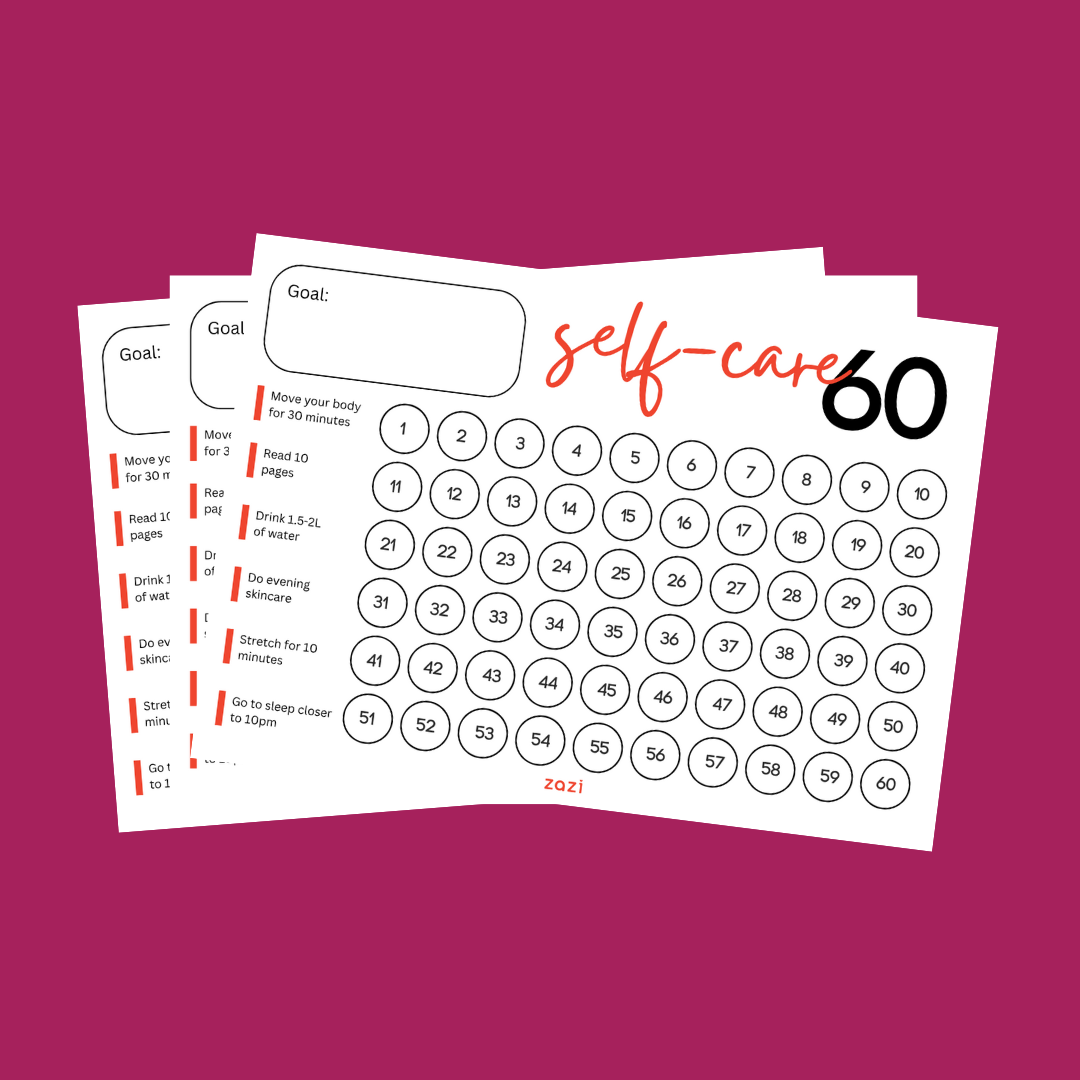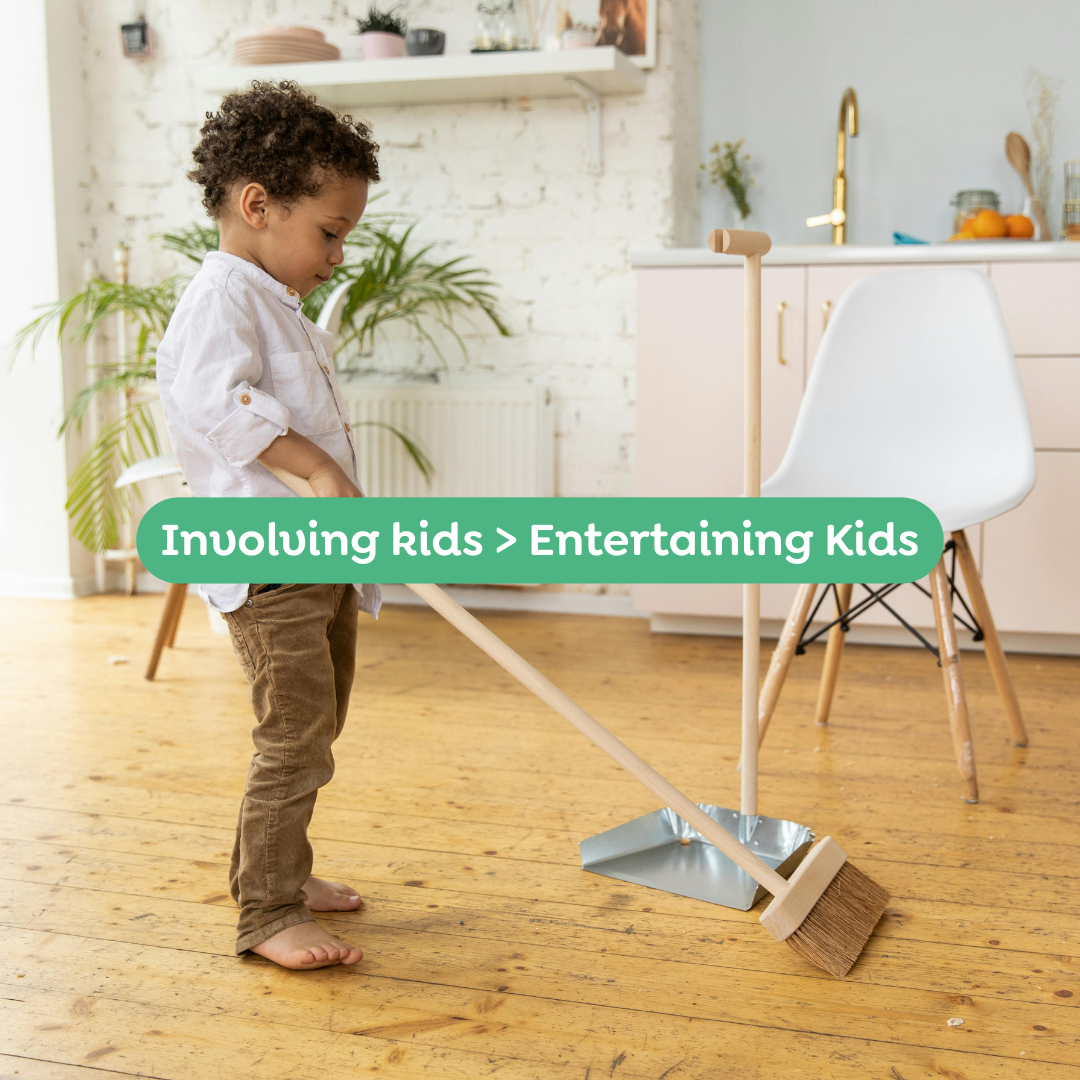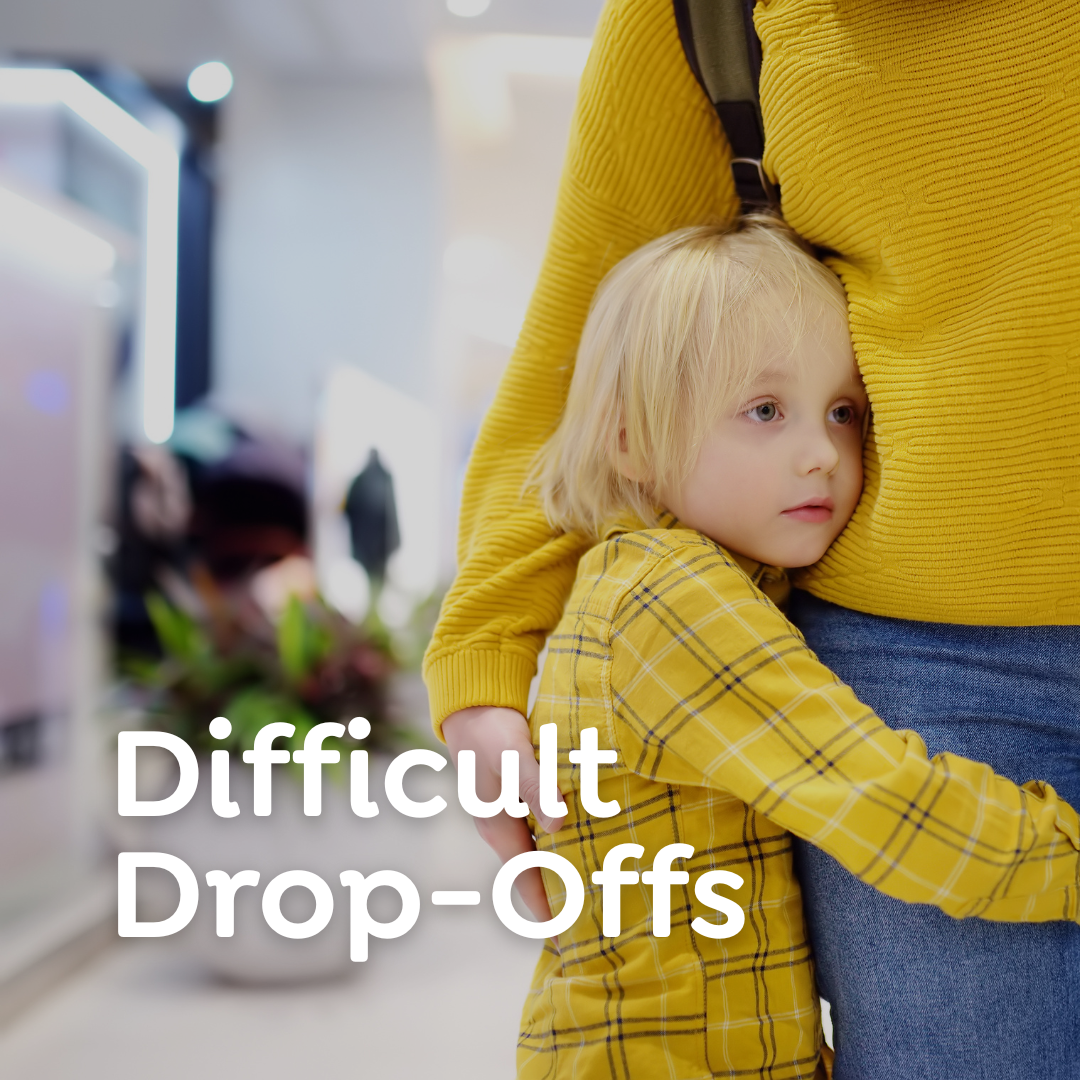Why I Still Stay in the Room Until My Kids Fall Asleep
Before we get into it, here’s a quick caveat: I’m not a sleep consultant. I don’t write custom sleep plans or promise miracle fixes. I’m a speech and language therapist, but I do know a bit about how the brain works - and I know how my own kids (age 3 and 5) fall asleep. Most nights, it’s relatively fuss-free.
I still stay in the room until they’re asleep. If they ask me not to, I don’t. But usually, I’m right there beside them. And no, I don’t think that means I’ve failed.
In our house, bedtime can be one of the most rewarding parts of the day. It’s something we can actually look forward to. I’m not in a rush to change that.
Sleep has become a bit of a measuring stick
Somewhere along the way, many of us got the message that successful parenting means getting your child to fall asleep on their own - ideally at a very young age. It’s treated like a milestone, or even a badge of honour.
But sleep doesn’t have to look one way. If your child wants you close at bedtime, that isn’t a sign something’s gone wrong. It’s a sign they feel safe with you. That’s not failure - that’s attachment.
There are lots of ways to support children to sleep. If your current approach is working and you’re not finding yourself yelling, bargaining or threatening to get them into bed, then great. Genuinely - no need to change a thing.
But if bedtime feels hard at the moment, if your child resists or drags things out or if you’re dreading that part of the day - maybe it’s worth trying a different perspective.
Children are wired for connection
One of the biggest reasons I stay is because children don’t learn to calm themselves down on their own. That skill develops through repeated co-regulation with a trusted adult.
Experts call this borrowed regulation. Children use our calm presence to find their own calm. That’s especially important at bedtime, when their bodies are tired and their nervous systems are more sensitive.
Falling asleep involves separating from you, even just for the night. For some kids, that’s a big deal. Your presence can reduce bedtime stress and help their brains and bodies settle. Some studies have found that having a calm, connected adult nearby can lower cortisol (the stress hormone) and increase oxytocin (the bonding hormone), making sleep come more easily.
What bedtime looks like at our place
We’re not super strict with our routine, but we do have rhythms that help. Here’s what we usually include:
-
Full tummies - a proper supper or bedtime snack so no one is battling a hungry tummy. .
-
Warm drinks - hot chocolate or warm milk helps create a sense of comfort and wind-down.
-
Bath or shower - a warm wash helps their bodies shift into rest mode.
-
Movement - sometimes we need a bit more regulation, so we do some rough play or go for a quick scooter ride.
- Laughter - we often try to make them laugh just before bed. A bit of silliness or a funny story can help release tension and shift their nervous system into a more relaxed state. Laughter actually helps lower cortisol levels too.
-
Connection - we read stories, chat about the day, talk about what’s coming up, and make space for any big feelings or questions.
-
Background sound - they often choose an audiobook or kids podcast to fall asleep to.
-
Staying nearby - I lie down quietly in the room. Sometimes I listen to a podcast with one airpod in or do a bit of meditation. Nothing fancy.
Over time, this has helped bedtime feel peaceful. They fall asleep faster now than they ever did when I tried to push for more independence before they were ready.
On the odd night I can’t stay, they nearly always still manage just fine - same routine, same podcast, same sense of security. Just without me in the room.
You don’t have to do it this way
Some kids love falling asleep on their own. Some don’t. Both are okay.
Staying with your child while they fall asleep doesn’t mean they’ll need you forever. It just means they feel safe now - and that safety becomes the foundation for later independence.
If your bedtime rhythm is working, stick with it. But if things are feeling a bit stuck, this might be a gentler, more connected way to reset.
You’ve got this.



